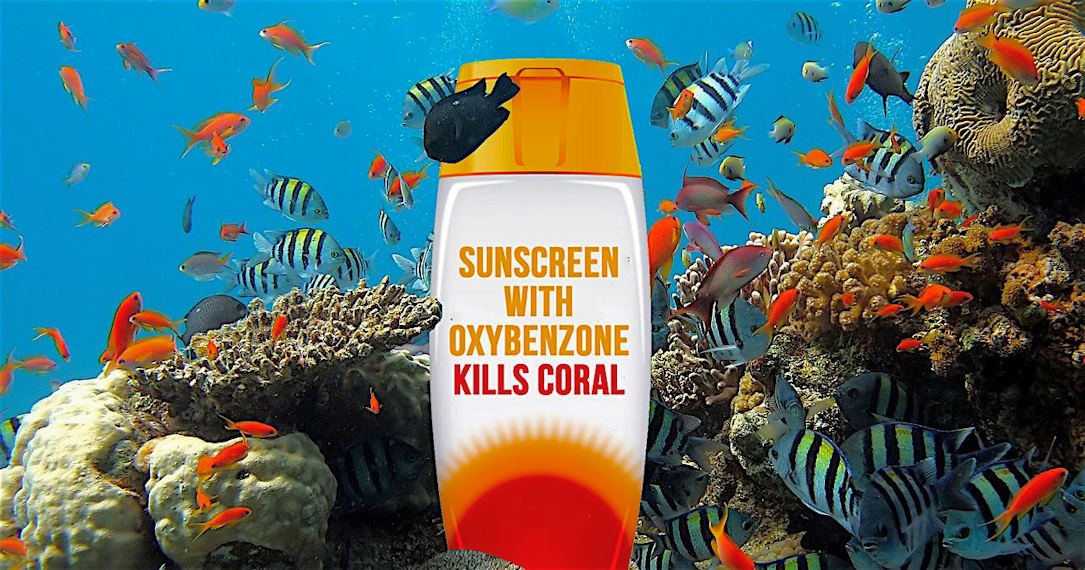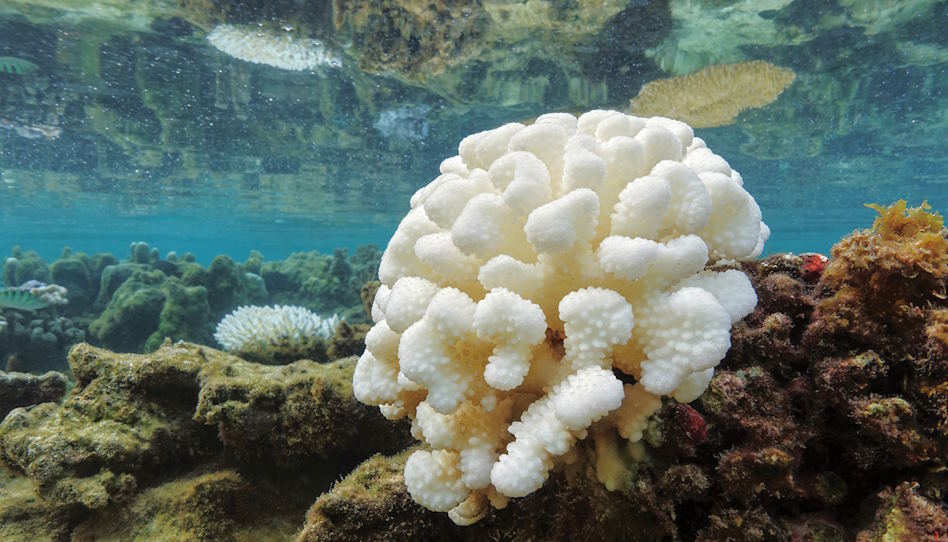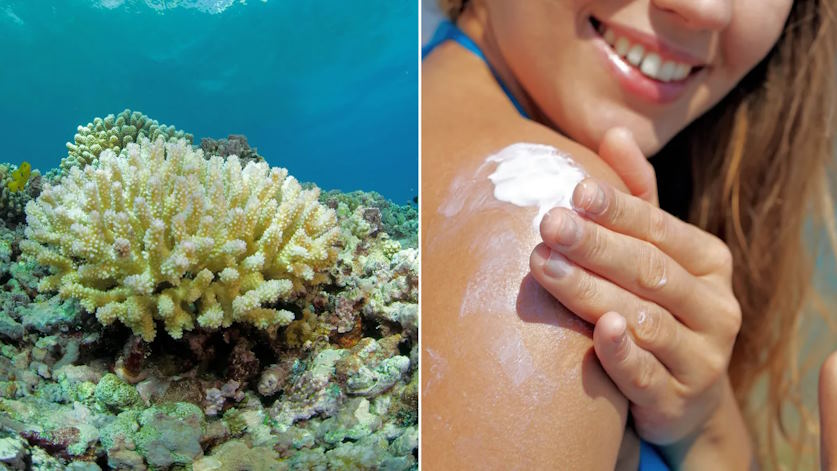How Sunscreens Are Contributing to Coral Reef Bleaching
You might not think twice about applying sunscreen before a day at the beach, but what if this simple act is endangering one of the ocean’s most spectacular wonders? Coral reefs, with their stunning array of colors and marine life, are facing a serious threat from an unexpected source—sunscreens. As you splash in the waves and soak up the sun, the chemicals from your sunscreen are leaching into the water, contributing to coral reef bleaching. This phenomenon, where vibrant coral reefs turn white and lose their life-sustaining functions, is a growing concern for marine conservationists. Join us as we explore the connection between sunscreens and coral reef health, and discover how you can make choices that protect both your skin and the ocean’s delicate balance.
What is Coral Reef Bleaching?
To start, let’s talk about what coral reef bleaching actually is. Imagine a vibrant, colorful city filled with diverse communities—this is what a healthy coral reef looks like under the sea. Coral reefs are like underwater rainforests, bustling with life and color. They provide shelter and food for countless marine species, from tiny fish to majestic sea turtles.
But when the water gets too warm or polluted, the corals become stressed. They start to lose their vibrant colors and turn white—a process called coral bleaching. It’s a bit like when a tree’s leaves turn brown and fall off because it’s not getting enough water or nutrients. Bleached corals are not dead, but they’re very sick and can’t support marine life as they should. If the stress continues, the corals can die, which has a ripple effect on the entire reef ecosystem.
Sunscreen Ingredients and Their Impact
Now, you might be wondering how something as innocent as sunscreen can cause such a big problem. Let’s break it down.
Most sunscreens contain chemicals that protect your skin from UV rays, but some of these chemicals are like hidden villains in a superhero movie. They seem harmless on the surface but can cause serious damage. The main culprits are ingredients like oxybenzone, octocrylene, and octinoxate. These chemicals are designed to absorb or block UV light, but they don’t just stay on your skin. When you swim or sweat, they wash off and end up in the ocean.

Here’s a quick look at some common sunscreen ingredients and their effects:
| Ingredient | Common Use | Effect on Coral Reefs |
| Oxybenzone | UV Protection | Damages coral DNA and can cause bleaching. |
| Octocrylene | UV Stability | Breaks down into substances harmful to corals. |
| Octinoxate | UV Protection | Disrupts coral growth and reproduction. |
These chemicals can damage coral reefs in several ways. Oxybenzone, for instance, can cause genetic damage to corals, affecting their ability to grow and reproduce. Octocrylene can break down into other harmful substances that contribute to coral bleaching.
How Sunscreens Cause Coral Reef Bleaching
So, how do these chemicals go from your sunscreen to causing coral reef bleaching? Let’s think of it like this: Imagine you’re at a picnic with some food that’s really delicious but also a little messy. You drop some crumbs on the ground, and over time, those crumbs attract ants, which then cause a bigger problem.
Similarly, when sunscreen chemicals are washed off into the ocean, they act as “crumbs” that can disrupt the delicate balance of the reef ecosystem. These chemicals can enter the coral’s tissues, disrupting the symbiotic relationship between corals and the tiny algae called zooxanthellae that live inside them.
Zooxanthellae provide corals with nutrients through photosynthesis, much like how plants give us oxygen. When the corals are stressed by sunscreen chemicals, they expel these algae, leading to the loss of color and the onset of bleaching. If the stress continues, the corals can die, leaving behind a bleached, lifeless reef.
Case Studies and Research Findings
To really understand how harmful these chemicals can be, let’s look at some real-world examples. In 2015, researchers conducted a study in Hawaii and discovered that high concentrations of sunscreen chemicals around coral reefs contributed to bleaching events. Another study in the Caribbean found that coral reefs exposed to common sunscreen ingredients had significantly higher levels of bleaching compared to those in areas with no sunscreen pollution.
These findings highlight a troubling connection between our sun protection habits and the health of coral reefs. It’s a bit like discovering that the plastic straws we use at the beach are ending up in the ocean and harming marine life. The more we understand about these effects, the better we can work towards solutions.

Solutions and Alternatives
The good news is that there are ways we can protect ourselves from the sun while also being kind to coral reefs. Here are some steps you can take to reduce your impact:
- Choose Reef-Safe Sunscreens: Look for sunscreens that are labeled “reef-safe” or “reef-friendly.” These products use mineral-based ingredients like zinc oxide or titanium dioxide, which are less harmful to corals.
- Wear Protective Clothing: Consider wearing a rash guard or sun shirt to reduce the amount of sunscreen you need. It’s like adding an extra layer of armor to protect both your skin and the ocean!
- Avoid Applying Sunscreen Before Entering the Water: Try to apply sunscreen at least 30 minutes before you go for a swim. This allows the sunscreen to fully absorb into your skin, reducing the amount that washes off into the ocean.
- Support Coral Reef Conservation: Get involved with local conservation efforts or donate to organizations dedicated to protecting coral reefs.
Here’s a table to help you choose reef-safe sunscreens:
| Reef-Safe Sunscreen Ingredients | Why They’re Better |
| Zinc Oxide | Provides broad-spectrum UV protection; less harmful to corals. |
| Titanium Dioxide | Blocks UV rays effectively; less damaging to marine life. |
So next time you’re gearing up for a day at the beach, remember that your sunscreen choice can make a difference. Just as you wouldn’t want to unknowingly harm the beautiful environment you enjoy, you can take small steps to protect coral reefs too. By opting for reef-safe sunscreens, wearing protective clothing, and supporting conservation efforts, you can enjoy the sun while also being a friend to the ocean.
Our daily choices might seem small, but they add up. Think of it like a drop of water in a vast ocean—each drop may seem insignificant, but together, they create waves of change. Let’s be the change we wish to see and help ensure that coral reefs continue to thrive for generations to come.
So, will you join me in making better choices for our oceans? The next time you pick up a bottle of sunscreen, think of the corals beneath the waves and make a choice that supports both your skin and the health of our beautiful reefs.


